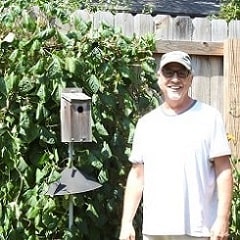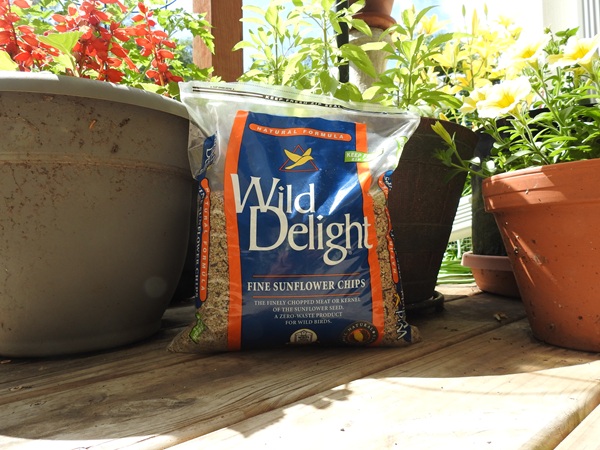Dark-eyed Junco Subspecies: What Are the Different Regional Forms?
Once thought to be five separate species, these birds are now grouped as a single species with multiple subspecies, each showing unique plumage, range, and behavior.
Learning the differences between them not only sharpens your identification skills, but also reveals how adaptable this common bird really is.
Meet the Main Subspecies
Slate-colored Junco
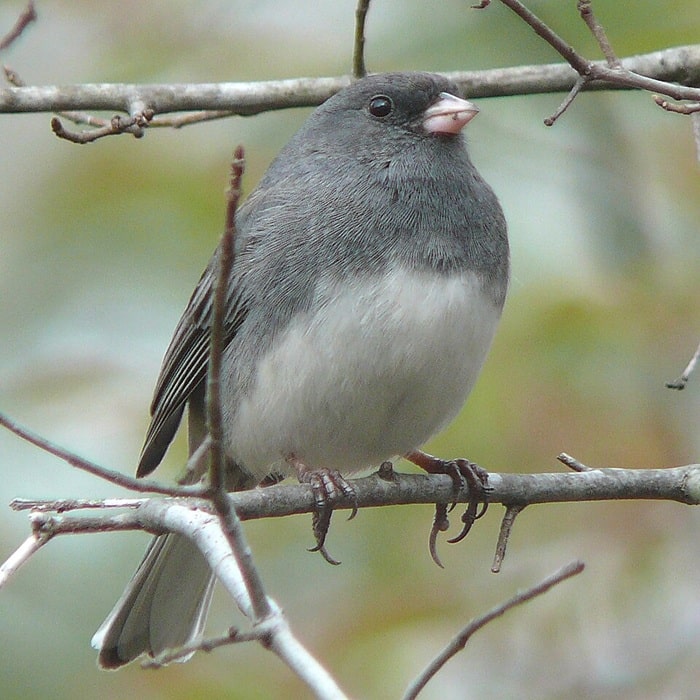
Found across the eastern half of North America, this is the bird most backyard watchers know.
Males are smooth, dark gray on top with clean white underparts, while females are slightly browner.
The contrast between upper and lower plumage gives them that crisp, tuxedo-like look.
These are the birds that pour into Midwest and eastern feeders from late fall through early spring.
Oregon Junco
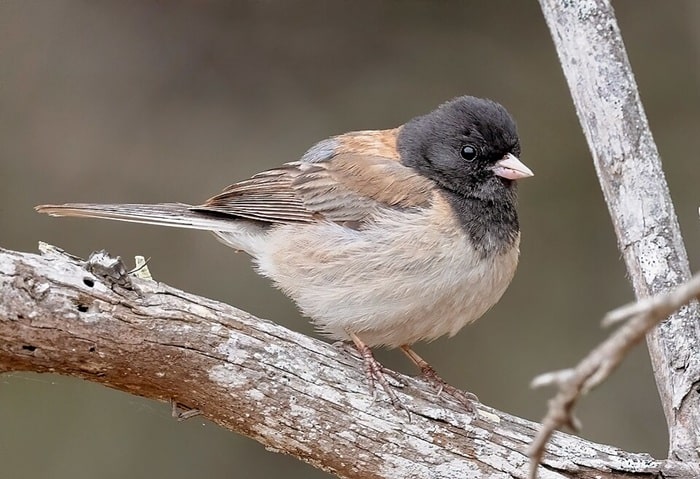
Common in the western U.S., this subspecies looks completely different.
The male's striking black hood sharply contrasts with a warm brown back and pinkish sides, while females wear a softer gray hood.
The Oregon Junco's pattern has earned it the nickname "black-hooded junco." If you birdwatch in the Pacific states, this is almost certainly the version you see.
Pink-sided Junco
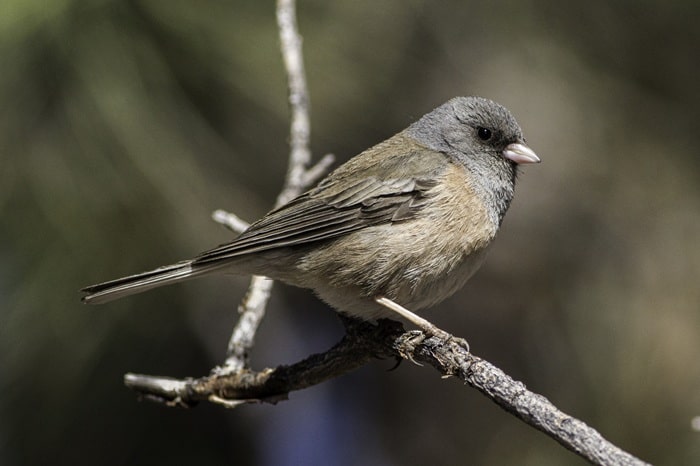
Breeding in the northern Rockies and wintering in the Great Plains, the Pink-sided Junco combines traits from east and west.
It has a soft gray head, pinkish flanks, and a brown back. These colors blend beautifully against the sage and pine landscapes it favors.
Gray-headed Junco

This form inhabits the southern Rocky Mountains and Southwest. True to its name, it has a light gray head and breast with a reddish-brown back.
Many show a bright white outer tail and a small dark spot in the center of the breast. While subtle, it's distinctive when seen up close.
White-winged Junco
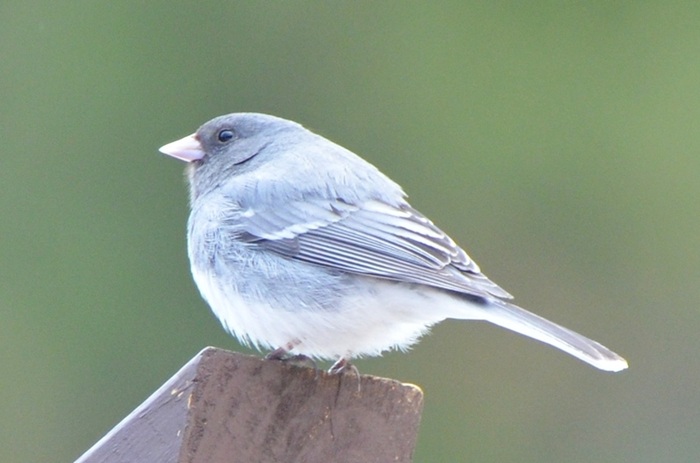
Restricted mostly to the Black Hills and nearby areas of South Dakota, Wyoming, and Montana, this subspecies sports white wing bars and a white-edged tail.
The markings stand out when the bird flies, flashing white against gray.
Where Subspecies Meet
In areas where these ranges overlap, the birds interbreed freely, creating a mosaic of intermediate forms that can confuse even experienced birders.
A junco in Colorado, for instance, may carry traits from both the Oregon and Gray-headed groups.
Despite their differences, they all share that signature white belly, flashing outer tail feathers, and ground-feeding habit.
The subtle variations simply reflect how one adaptable species has adjusted to life in so many climates, from the forests of Maine to the deserts of Arizona.
Recognizing Your Local Junco
If you're in the eastern states, your visitors are almost certainly Slate-colored.
West of the Rockies, Oregon types dominate, though Pink-sided and Gray-headed birds appear depending on elevation and season.
During migration, you might spot something unexpected, a western bird stopping by your eastern feeder, or vice versa.
For backyard identification, focus on three clues:
-
Hood contrast (sharp in Oregon, blended in Slate-colored)
Flank color (white vs. pinkish)
Presence of wing bars (only the White-winged has them)
Add a camera or binoculars, and you can start documenting your own winter visitors by region.
One Bird, Many Stories
The Dark-eyed Junco reminds us that nature rarely fits neatly into categories.
What once seemed like five species are now understood as local variations of the same adaptable bird.
Whether gray, brown, or pink-sided, every junco shares the same cheerful call and busy winter behavior that earn it a place among North America's most familiar backyard guests.
Entities




